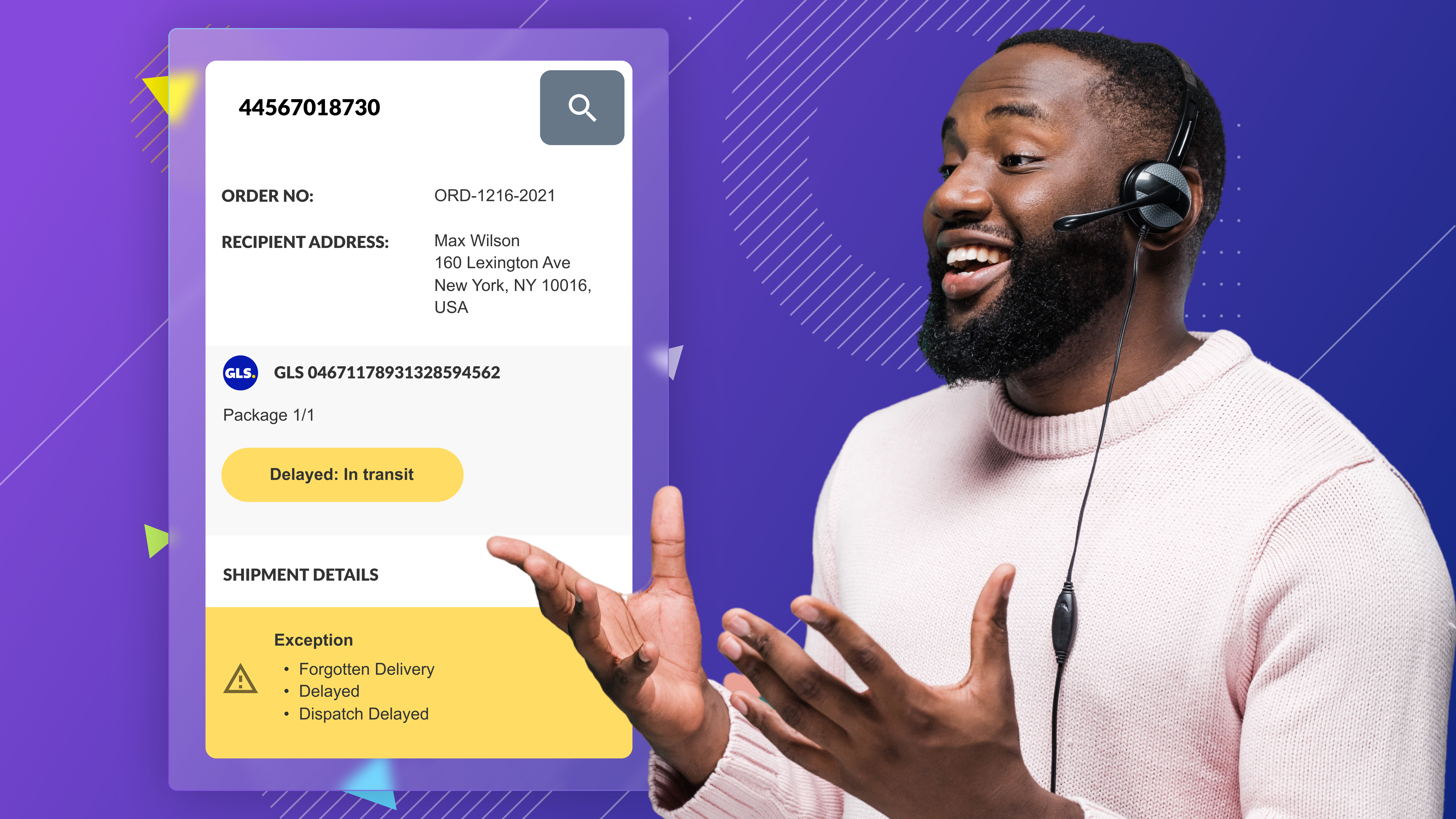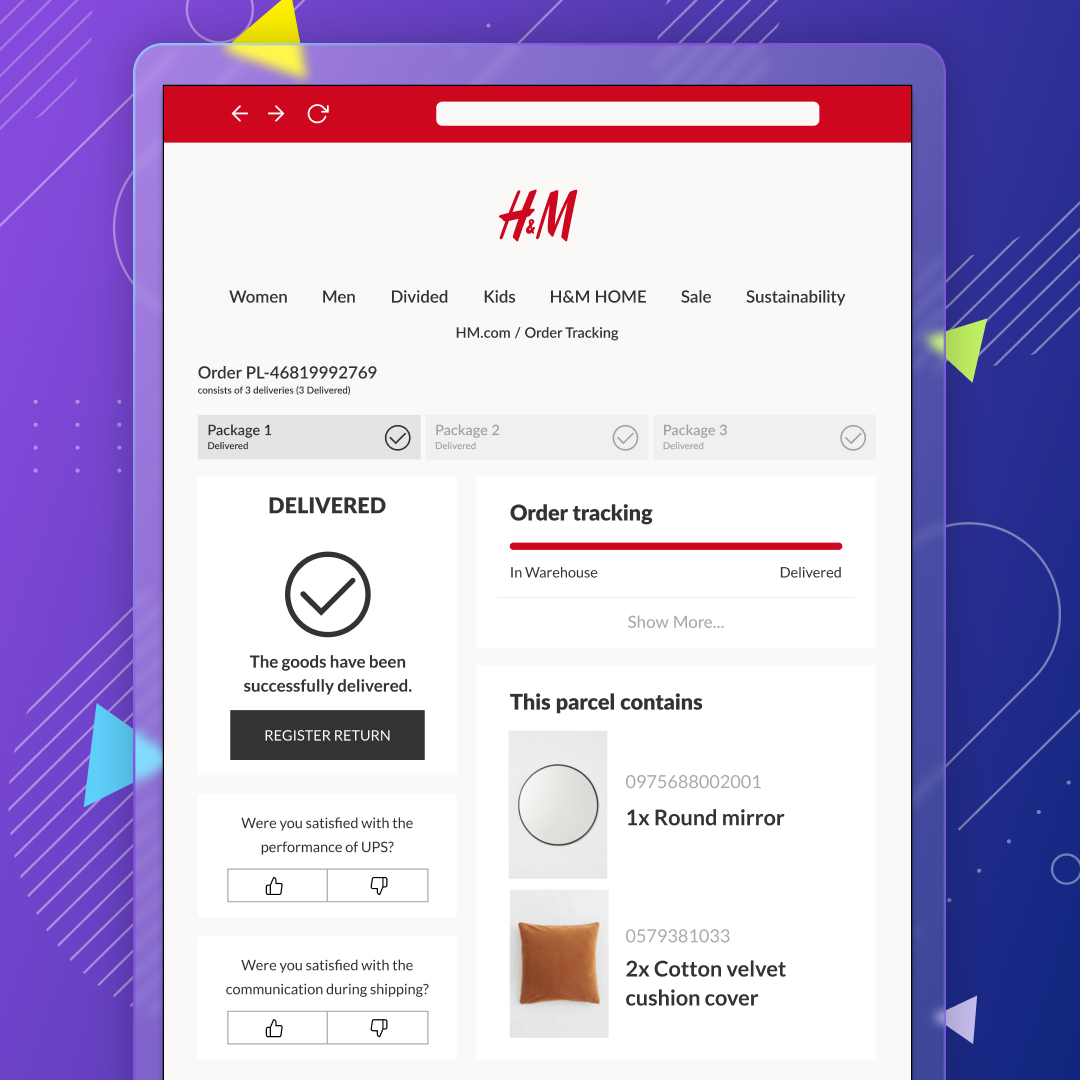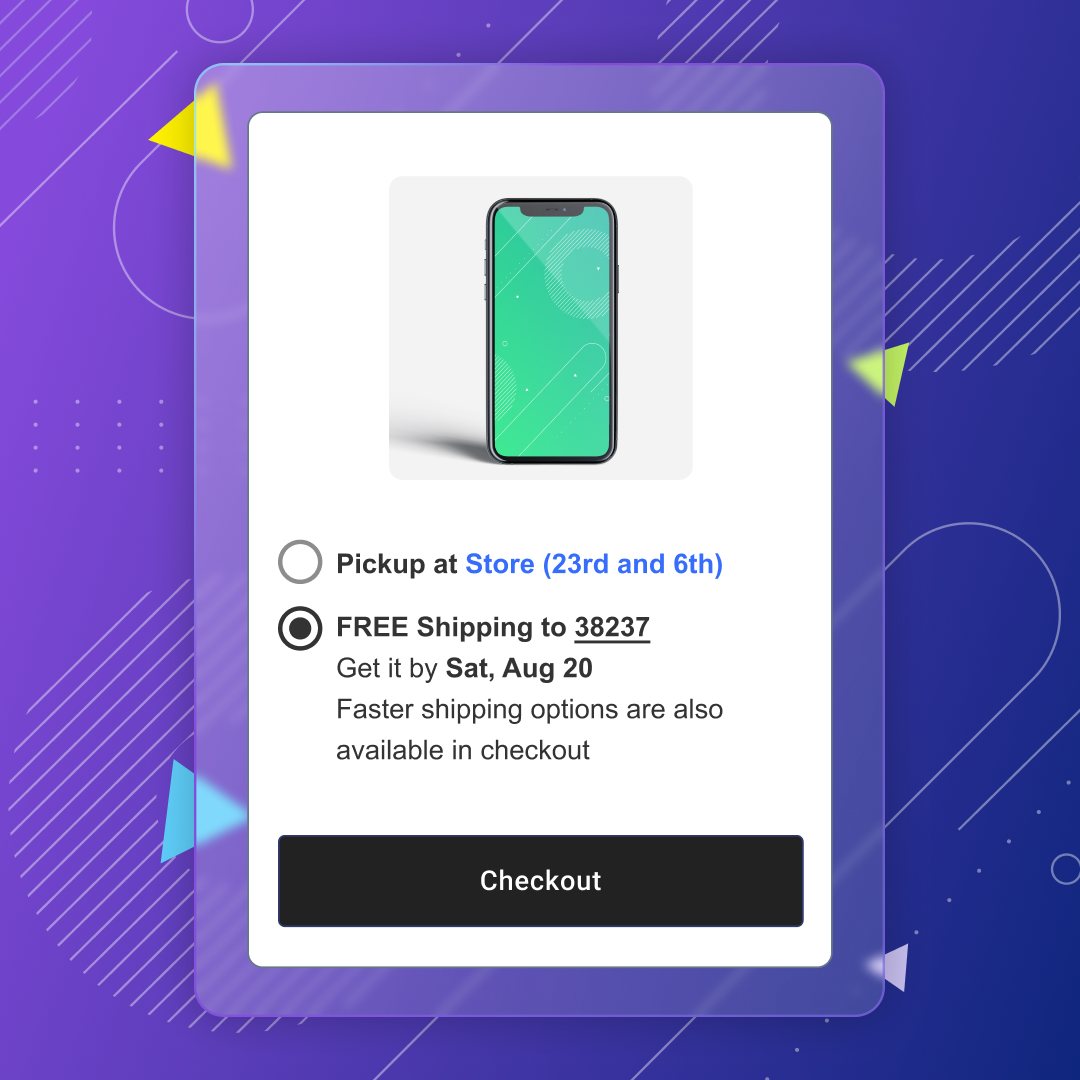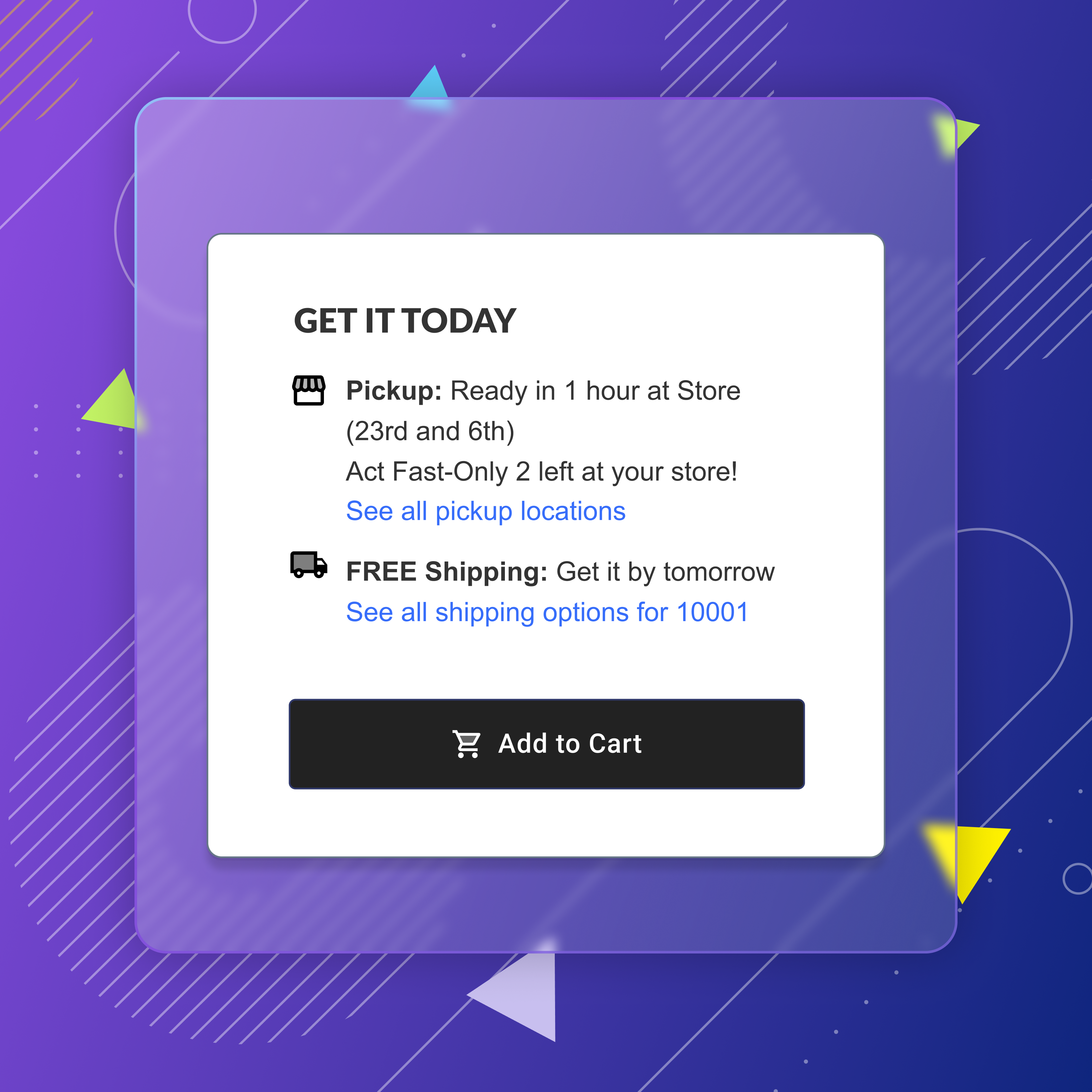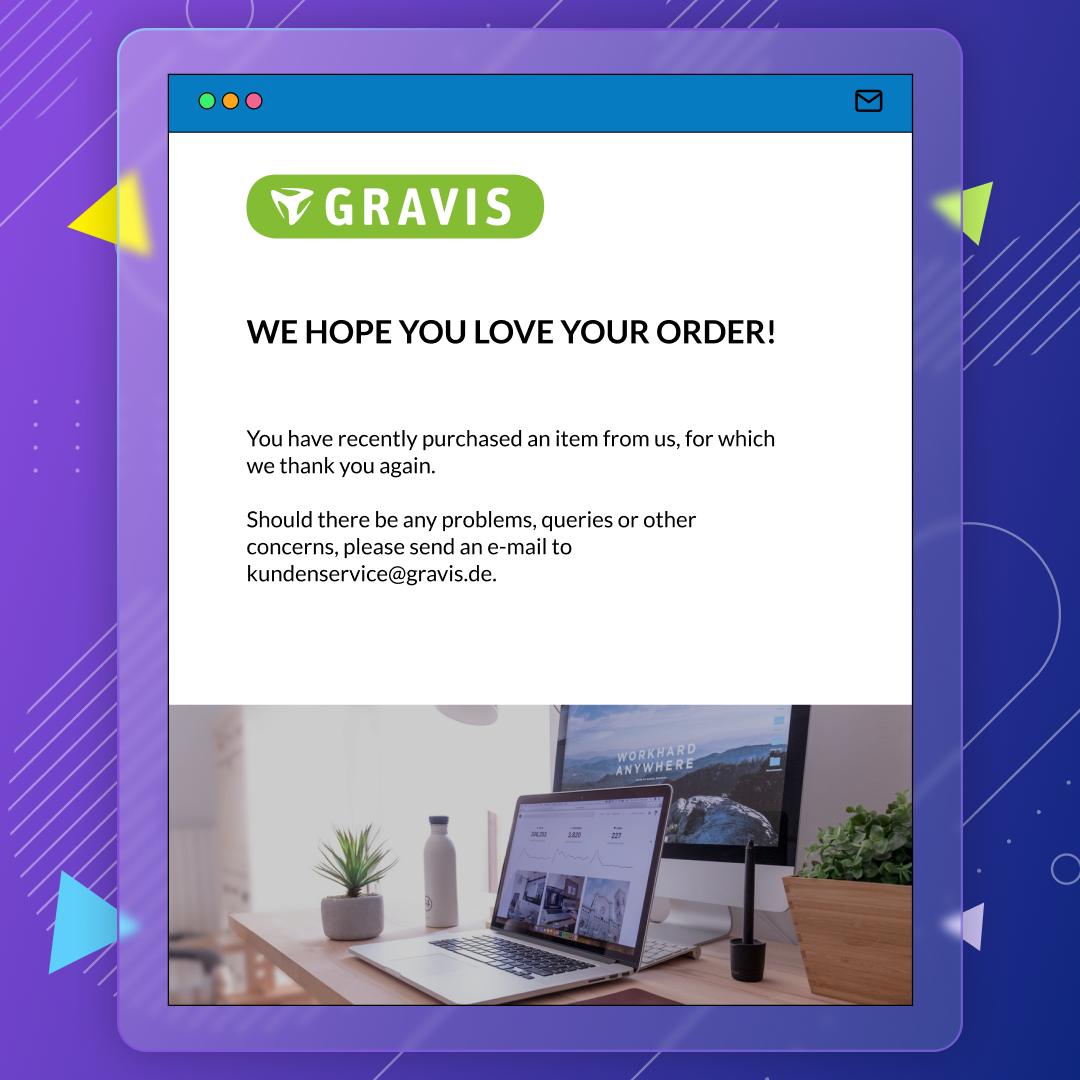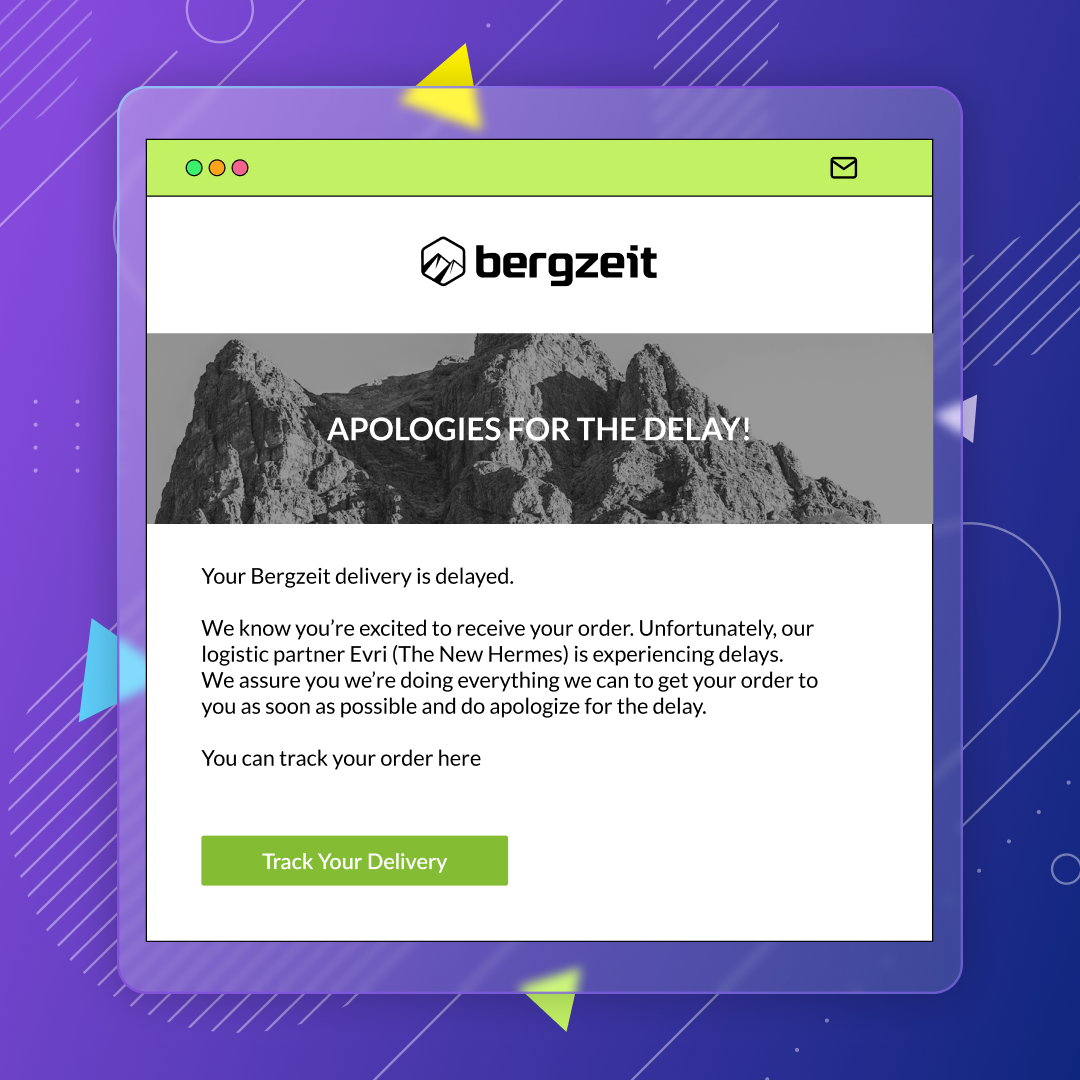Online retail isn’t just about having the most tantalizing products or attractive web design. Behind the scenes, what often separates successful ecommerce businesses from those that struggle is efficient cost management—specifically, the ability to reduce ecommerce expenses.
Given today’s tough economic landscape, implementing strategies for ecommerce cost-cutting is more critical than ever. With inflation on the rise, maintaining a healthy bottom line demands a proactive approach to managing business expenses.
And remember—it’s not just about reducing ecommerce costs; it’s also about making every dollar count.
This is especially true in today’s environment, where 59% of customers are concerned about rising prices, and almost a quarter are unable to purchase the items they need due to limited stock. Being in a healthy financial position enables your brand to navigate these challenges so you can stay competitive.
In this post, we’ll dive into cost-saving strategies specifically tailored for ecommerce businesses. We will examine 15 effective techniques that could drastically reduce operating costs without compromising quality or customer experience.
What is cost-cutting in ecommerce?
Cost-cutting in ecommerce refers to strategies and actions taken to reduce the expenses associated with running an online business. These costs can be anything from procurement and inventory to marketing and advertising.
It’s essential to note that reducing ecommerce business expenses doesn’t mean slashing costs indiscriminately. Instead, it’s about making intelligent, strategic decisions that reduce expenses while maintaining or improving business competitiveness.
Why implement strategies for ecommerce cost-cutting?
The main benefit of cost-cutting in ecommerce seems obvious: it enables you to save money.
Beyond that, cutting ecommerce expenses can have profound effects across your entire business—and even on your customers. Consider the following.
- Maximize profitability. Lower expenses often lead to higher margins. And with online retail profits shrinking every year, finding ways to improve your margins is critical.
- Have the ability to weather economic downturns. A strong balance sheet is important all year round, but it becomes even more vital during economic uncertainty. Cost-cutting measures help ensure you have money in the bank and continue operating amidst financial downturns.
- Gain a competitive edge. Lower operational costs can give you a competitive advantage. For instance, it might allow you to price products more competitively and entice more customers to buy from you.
- Invest in your growth. The money saved through cost-cutting measures can be reinvested into the business to fuel growth. Whether you want to expand your product line or invest in marketing, cost-saving techniques can help you uncover the funds needed to do so.
- Be more efficient. In many cases, reducing ecommerce expenses also involves streamlining your operations and eliminating waste. These things lead to improved efficiency and productivity in your business.
15 effective cost-saving techniques for ecommerce: proven methods for cutting ecommerce expenses
Now that we’ve covered the fundamentals of ecommerce cost-cutting, let’s look at some of the most effective cost-saving techniques for ecommerce. The following are our top 15 proven methods for cutting ecommerce expenses.
1. Implement automated processes
One of the lowest-hanging fruits when it comes to ecommerce cost-cutting is automation. Putting routine tasks on autopilot can significantly reduce the time and workforce required for these operations, translating into cost savings.
And here’s the kicker: automation has the added benefit of reducing human error, which can also be costly. For instance, automating tasks like payment reconciliation ensures that your accounting and financial records are accurate, and you’ll spend less time and money correcting mistakes.
You could also consider automating certain components of your customer communications. Automatically sending things like order notifications, for example, reduces customer support inquiries, which, again, saves time and money.
Consider the case of H&M, which uses parcelLab to streamline multiple components of its post-purchase journey. With the help of parcelLab, H&M automates order notifications, branded parcel tracking, and returns. As a result, H&M saw a reduction in shipping-related inquiries to call centers, along with an increase in customer satisfaction.
2. Streamline your supply chain
Your supply chain acts as the lifeblood of your business, connecting multiple aspects of your operations, from procurement to customer delivery. As such, when you enhance efficiency and reduce waste at each stage of the supply chain, you cut costs and improve your bottom line.
Now, supply chain optimization looks different from one merchant to another.
- Some retailers may benefit from consolidating suppliers and logistical partners.
- Others might find that dropshipping works well for them.
- Whatever the case, find those supply chain inefficiencies and figure out how to minimize them.
3. Reduce cart abandonment rates
Did you know that almost 70% of shoppers abandon their carts at checkout? This alarming statistic represents a significant loss of potential revenue for online retailers. Thus, reducing cart abandonment rates can be a highly effective cost-saving strategy.
As for how to reduce your shopping cart abandonment rates, you could try:
- Speeding up the checkout process and reducing the number of steps or fields shoppers must complete.
- Accepting multiple payment types, including mobile-friendly methods like Apple Pay.
- Automatically sending cart abandonment emails to get shoppers to come back.
- Displaying delivery estimates to set clear expectations and eliminate uncertainties about shipping timelines.
With parcelLab, it’s easy to provide delivery estimates to your customers on your site. Our platform’s Delivery Date Promise capability allows you to display a delivery promise on product pages to build trust and reduce uncertainty over delivery times.
Have multiple delivery options? Display unique dates for each carrier. parcelLab uses a machine learning model and unique algorithm that accounts for delivery methods, carrier service levels, holidays, past performance, and trending data.
4. Reduce your return rates
Product returns eat into your profits not only through lost sales but also in terms of handling and restocking expenses. This is the case across multiple retail segments, including luxury ecommerce, subscriptions, and more.
That’s why it only makes sense to minimize returns as much as possible. Here are some quick tips to help you do this:
- Set clear expectations during the marketing and sales process; avoid over-promising features or running misleading ads.
- Craft compelling but accurate product pages—include clear images, detailed descriptions, product specs, etc.
- Understand post-purchase behavior and level up your post-purchase communications. Sending timely order updates reduces returns by keeping customers informed about their purchase status and setting realistic expectations for delivery.
- Once products have been delivered, consider sending user guides and tips to help customers get the most out of your products.
Now, when returns happen (as they inevitably do in ecommerce), ensure you have a robust system to manage the process. Take a look at Conrad Electronics, which uses parcelLab to implement an online returns management platform.
Using the portal, customers register their return and receive the label to print or a QR code that they can use in their return. This allows Conrad to process returns faster. Meanwhile, customers have more transparency around the status of their returns.
5. Lower your shipping costs
Shipping is a significant expense for ecommerce businesses, but there are strategic ways to mitigate these costs:
- Negotiate rates with your shipping carriers. Most carriers are open to discussions, especially if you’re shipping large volumes.
- Consider working with regional parcel carriers, which typically provide faster and cheaper shipping services than national carriers like UPS and FedEx.
- Implement a robust inventory management system that can help optimize your warehousing and shipping processes, reducing unnecessary costs.
6. Implement effective inventory management
Speaking of which, an efficient inventory management solution enables you to lower ecommerce costs. Done right, efficient stock control significantly reduces costs associated with storage, spoilage, and lost sales due to stockouts.
Keeping your inventory levels optimized means you’re not paying for excess storage space or, worse, dealing with spoilage for perishable items. Tools like real-time inventory tracking and predictive analytics can help forecast demand and prevent over- and understocking.
Effective inventory management also ensures you have the right products in your warehouses at the most optimal times. All of that helps you maximize sales while reducing expenses associated with moving merchandise or transporting inventory across large distances.
7. Investing in customer retention
Everyone pretty much agrees that it costs less to retain customers than to acquire new ones. As such, focusing on customer retention helps you run a more cost-effective ecommerce business.
You can retain more customers through several ways, including:
- Selling high-quality products that keep customers happy.
- Running a loyalty or rewards program that gives shoppers perks and incentives when purchasing from you.
- Sending personalized customer communications with relevant product information.
- Collecting feedback regularly and using customer input to improve.
- Optimizing the post-purchase evaluation stage of the shopping journey
- Consider implementing ecommerce remarketing campaigns
GRAVIS, Germany’s largest provider of Apple products, is a great example of a retailer that streamlines feedback collection. GRAVIS automatically prompts customers to provide product feedback, leading to a 127% increase in reviews.
“We are now learning much more about what our customers think about us. This is a real win-win situation for everyone,” says Robin Jakoby, E-Commerce Product Owner at GRAVIS.
8. Review and negotiate your vendor contracts
Vendor relationships play a crucial role in your operations. However, they also come with costs, so regularly review your agreements and ensure you’re getting the most out of them.
If you haven’t done so yet, examine your vendors in the following areas, and see if there’s room to either lower your costs or get more value with what you’re paying.
- Product vendors and suppliers
- Technology, including software licensing agreements
- Shipping and logistics vendors
- Payment processors
- Advertising and marketing agencies
- Warehouse storage vendors
- Insurance providers
9. Reduce packaging expenses
Don’t overlook packaging as a potential area for cost savings. Packaging not only affects your direct costs but can also influence your shipping expenses due to weight and dimensions.
So, make it a point to review your current packaging materials. Are they cost-effective, or could you switch to cheaper alternatives without compromising the safety and presentation of your products?
Also, evaluate the size and shape of your packaging. Are they optimized for your products? Do they waste space or add unnecessary weight?
The answers to these questions will lead you to ideas and solutions to reduce packaging costs.
10. Streamline customer support
Just to be clear, streamlining customer support doesn’t mean skimping on customer service. Instead, it’s about being smart with your processes, ensuring that queries are routed effectively, and reducing unnecessary inquiries.
Here are a few ideas:
- Create an FAQ section where customers can find the answers they need.
- Consider creating a portal where customers can self-serve certain information, like tracking details. This reduces “Where is my order?” (WISMO) queries.
- Implement self-service returns so they won’t have to go through your support team to initiate product returns.
- Beef up your post-purchase communications by sending regular order updates (again, this reduces WISMO inquiries)
Consider the example of the sports retailer Bergzeit. The company uses parcelLab to provide personalized, real-time updates that allow the customer to track the progress. Every touchpoint is personalized, so engagement is quite high.
Since using parcelLab, Bergzeit has seen 21.5% fewer inquiries while increasing unique open rates by 74%.
11. Reduce business travel expenses
While ecommerce is a digital business, travel expenses can still be involved, mainly when sourcing products internationally, attending industry events, or managing relationships with remote teams or partners.
Lowering these expenses can contribute to your overall cost-saving strategy. So, consider whether every trip is truly necessary. Can meetings be conducted virtually instead?
For unavoidable travel, plan in advance to secure the best rates on flights and accommodations. Use corporate travel agencies or booking tools that offer special rates for businesses.
Finally, implement a travel policy that provides clear guidelines for your team on acceptable expenditures, which can help prevent unnecessary costs.
12. Improve your SEO
By improving your site’s SEO, you can attract organic traffic, reducing the need for costly paid advertising. Organic traffic, driven by effective SEO, tends to be more targeted and can lead to higher conversion rates, ultimately contributing to increased sales and profitability.
That said, SEO can also be a considerable expense, so weigh the potential costs against the projected benefits carefully. Factor in your business size, industry competition, and current search engine rankings when budgeting for SEO.
13. Lower your payment processing costs
We’ve alluded to this earlier, but it’s worth spending time on this tip. Payment processing can be a significant expense for ecommerce businesses. Every credit card transaction comes with a fee, which can add up to substantial amounts depending on your sales volume.
While these fees are unavoidable, there are steps you can take to minimize them:
- Shop around for the best payment processor. Compare rates and agreements to get the best bang for your buck.
- Avoid processors that implement tiered pricing, as this pricing method is notoriously opaque (and not merchant-friendly). Opt for providers that use transparent fee models like interchange-plus or flat rate pricing.
- Reduce payment fraud and chargebacks. Fraudulent transactions can result in chargebacks and additional fees, driving up costs.
14. Leverage user-generated content
User-generated content (UGC) is often cheaper—and more effective—than traditional advertising and marketing tactics.
Showcasing content created by customers (e.g., reviews, testimonials, and social media posts) enables you to benefit from UGC’s authenticity and trust while saving on content creation costs.
So, encourage your customers to share their experiences with your products through reviews or ratings. Create a UGC library that you and your team can tap into when publishing content on customer-facing channels.
15. Switch to energy-efficient equipment
This is a smart move that helps you reduce operational costs while contributing to environmental sustainability at the same time. Upgrading to energy-efficient lighting, appliances, and IT equipment can lower your energy consumption and save on utility bills. (Bonus: Mother Earth will thank you.)
Some ideas:
- Conduct an energy audit to identify areas where energy-efficient upgrades will make the most significant impact.
- Start taking action based on the results of your audit. This could mean replacing your light bulbs, using energy-efficient servers and computers, or investing in energy-efficient HVAC systems.
Additional tactics for implementing cost-effective solutions in ecommerce
As you can see, there are numerous cost-cutting methods in ecommerce. How can you decide which one is right for your business?
The answer (which you might have guessed already) is it depends. Figuring out the best way to reduce expenses requires a number of steps.
Conduct an analysis. First, look at your current spending to identify the most impactful areas in which you can lower costs.
Define your objectives. Articulate your top business goals and how cost-cutting ties into those objectives. From there, set your KPIs and benchmarks so you can track your cost-cutting progress and performance.
Evaluate and prioritize. Next, compare the different cost-cutting methods. Weigh their advantages, disadvantages, and ROI, and select your tactics from there. If you’re implementing multiple tactics, take some time to prioritize.
Implement and monitor. Implement your chosen cost-cutting strategies and closely monitor their effectiveness. Regularly review key performance indicators (KPIs) to track progress and adjust as needed.
How to maximize ecommerce profitability
While cost-cutting is essential for profitability, focusing solely on reducing expenses may limit your growth potential. That’s why once you’ve cut your costs, you should consider reinvesting those savings into revenue-generating activities like:
- Expanding your product range
- Optimizing your prices
- Implementing conversion rate optimization (CRO)
- Post-purchase upselling and cross-selling (here’s a list of upselling and cross-selling tools to try)
Combining cost reduction with revenue growth will make you an unstoppable force in your space. You’ll capture market share, grow your customer base, and ultimately enjoy a healthier bottom line.
And if you need help implementing these initiatives—particularly the ones related to optimizing the post-purchase experience—check out parcelLab.
parcelLab is the only truly global enterprise post-purchase software provider, enabling brands to increase top-line revenue, decrease operational costs and complexity, and optimize the customer experience. Book a demo to learn more.
Written by

